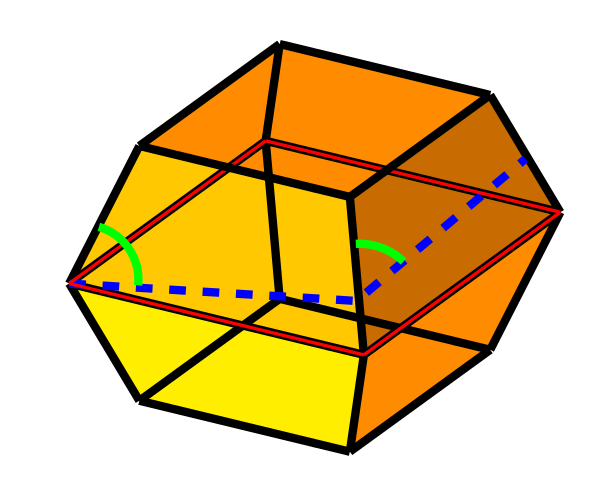Let $P$ be the surface of a closed convex polyhedron in $\mathbb{R}^3$.
Q. Does every non-closed geodesic $\gamma$ fill $P$ densely?
Of course $\gamma$ cannot pass through a vertex of $P$, but it could come arbitrarily close.
Here is an informal way to phrase the question. One can have non-closed geodesics on smooth convex surfaces in $\mathbb{R}^3$ that do not fill the surface. E.g., on ellipsoids, as in the MO question "Surfaces filled densely by a geodesic":

(Image from GeographicLib.)
So: Is there a polyhedral analog?
(One could ask the same question for nonconvex polyhedra.)


